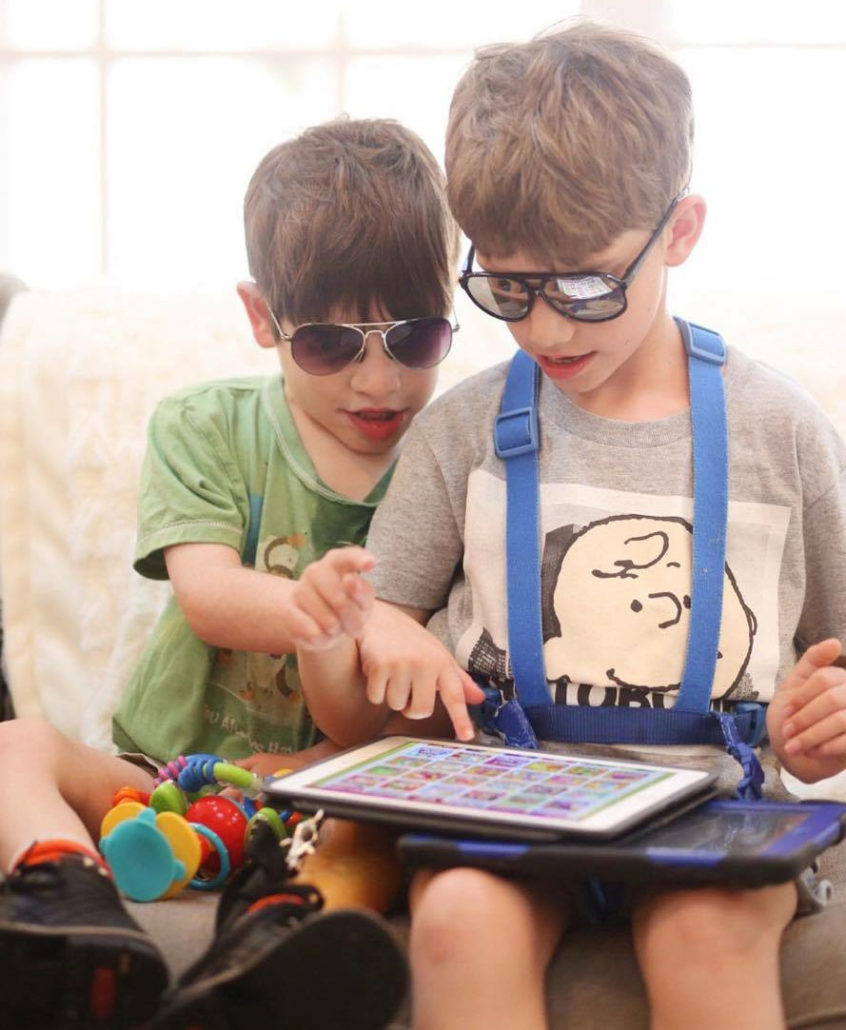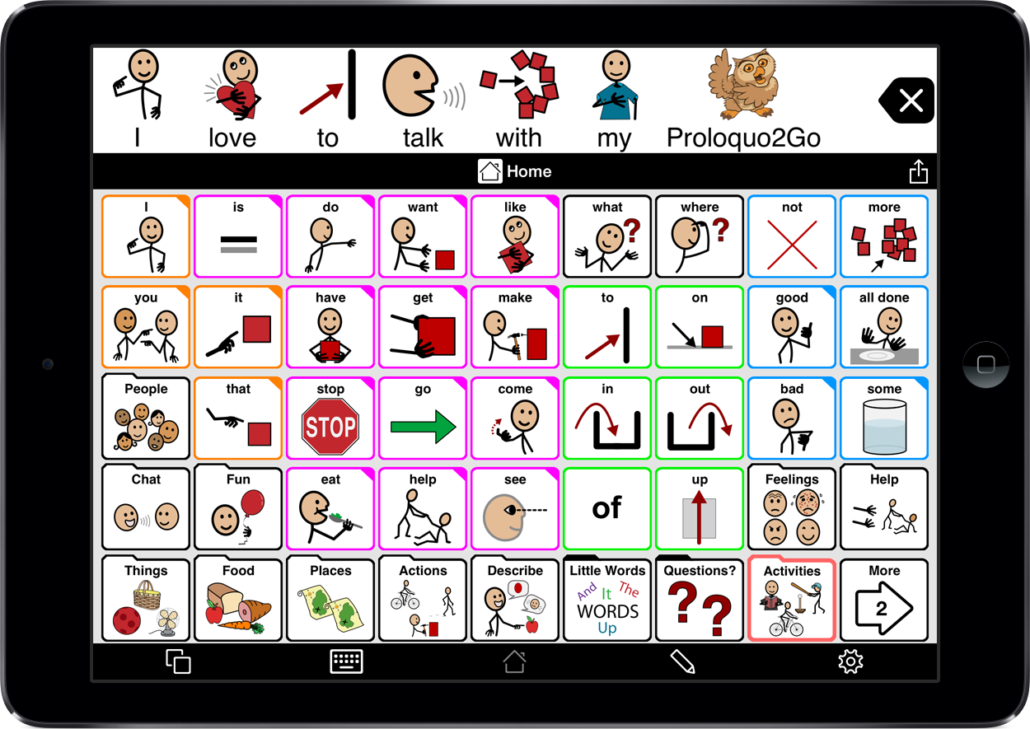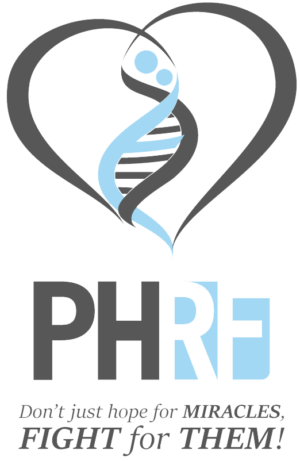From the American Speech-Language-Hearing Association website: http://www.asha.org/public/speech/disorders/AAC/#types_aac
Augmentative and alternative communication (AAC) includes all forms of communication (other than oral speech) that are used to express thoughts, needs, wants, and ideas. We all use AAC when we make facial expressions or gestures, use symbols or pictures, or write.
People with severe speech or language problems rely on AAC to supplement existing speech or replace speech that is not functional. Special augmentative aids, such as picture and symbol communication boards and electronic devices, are available to help people express themselves. This may increase social interaction, school performance, and feelings of self-worth. AAC users should not stop using speech if they are able to do so. The AAC aids and devices are used to enhance their communication.



